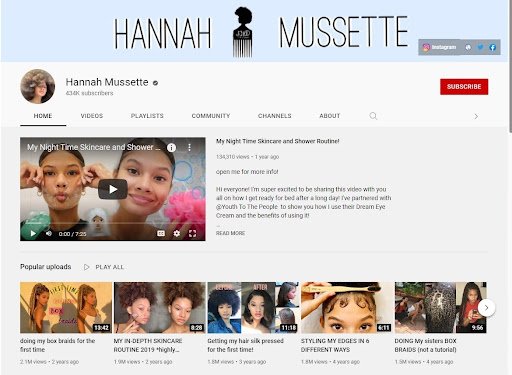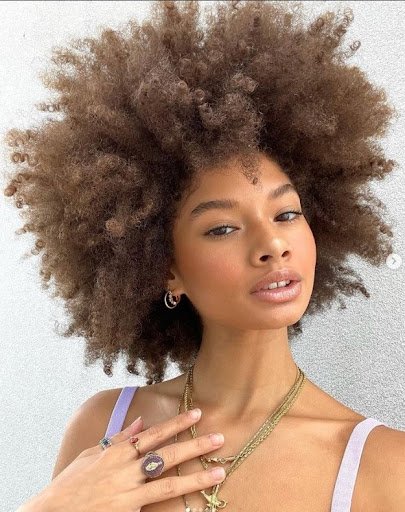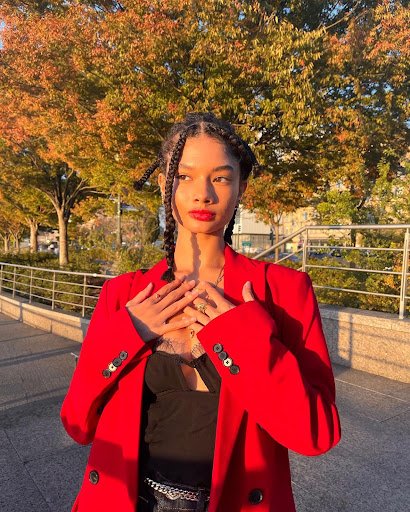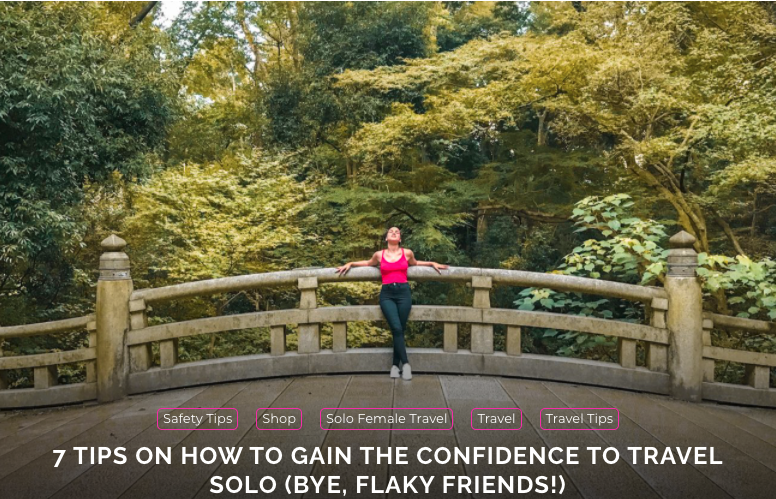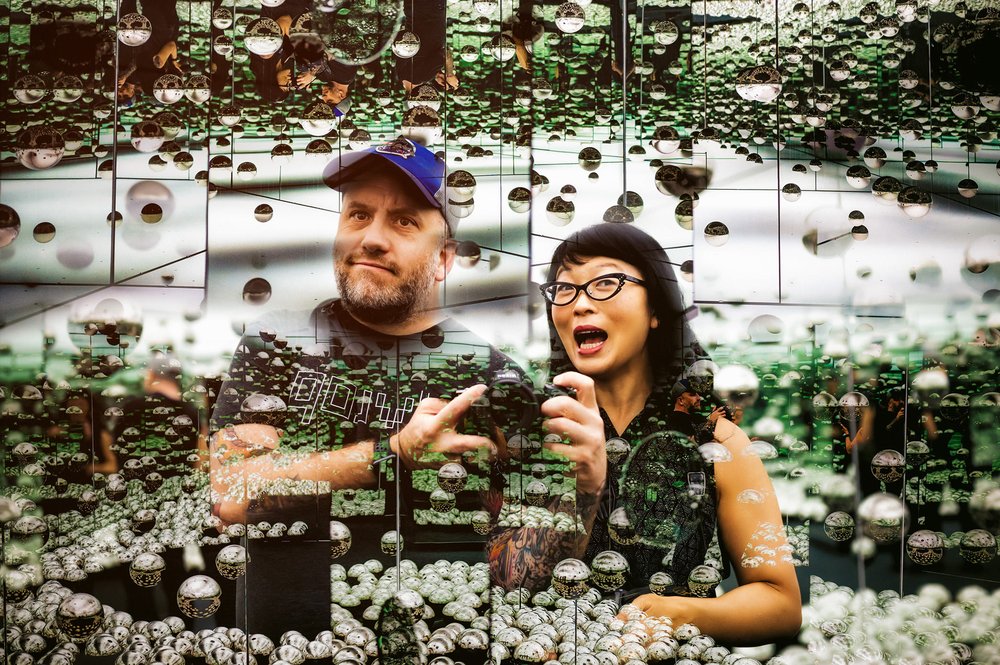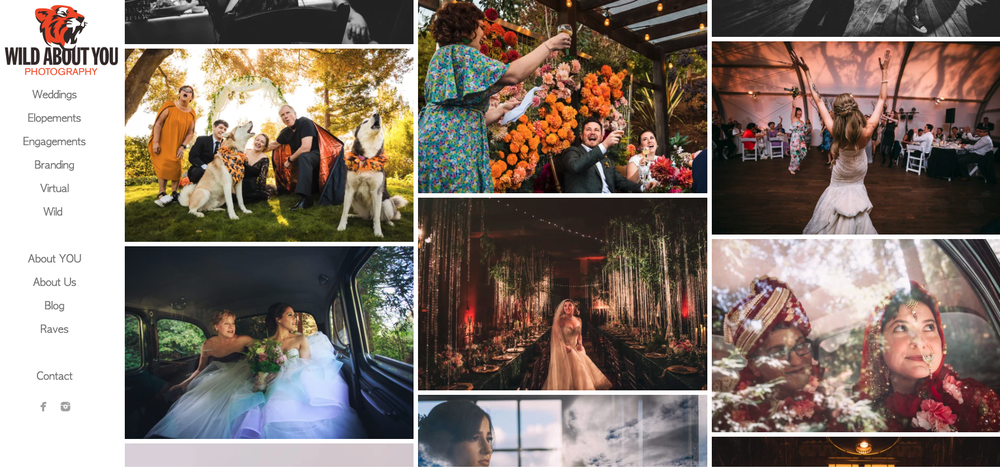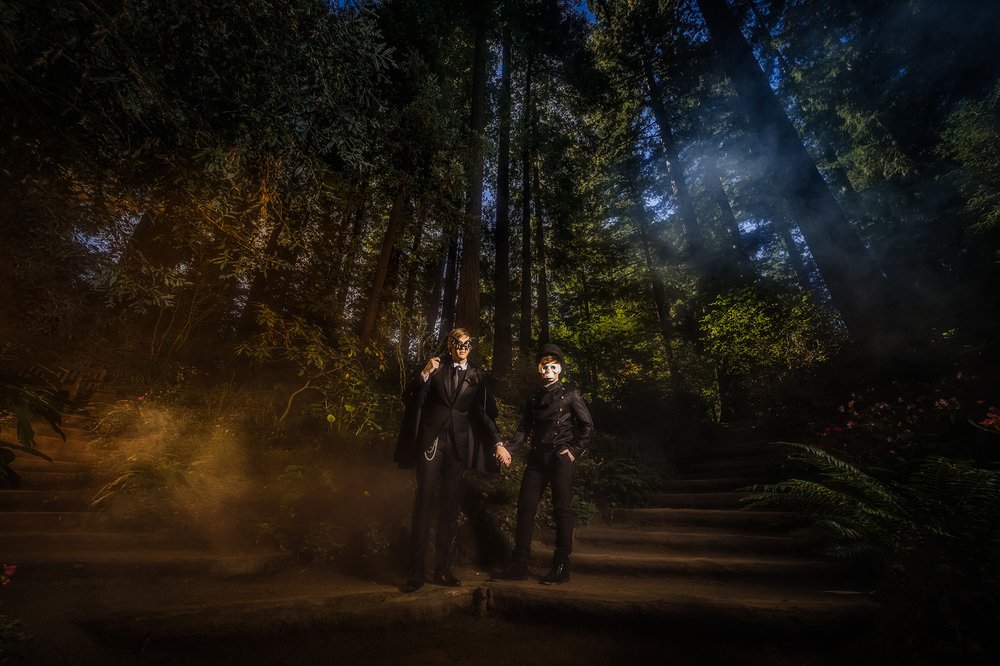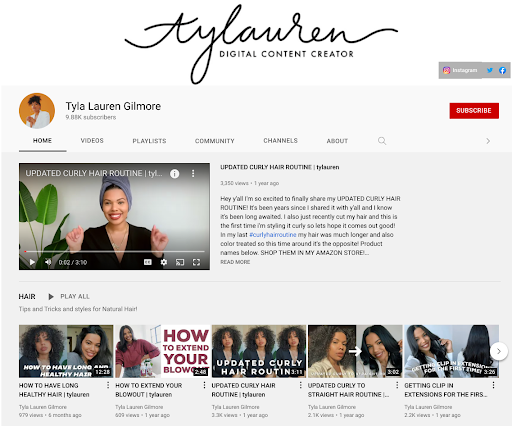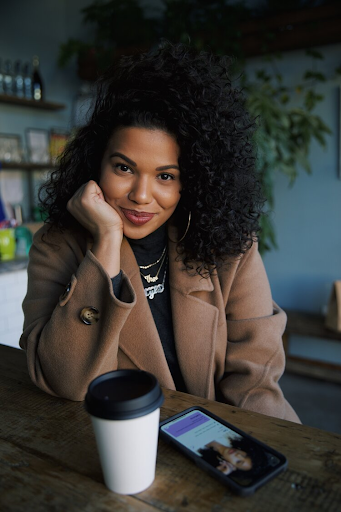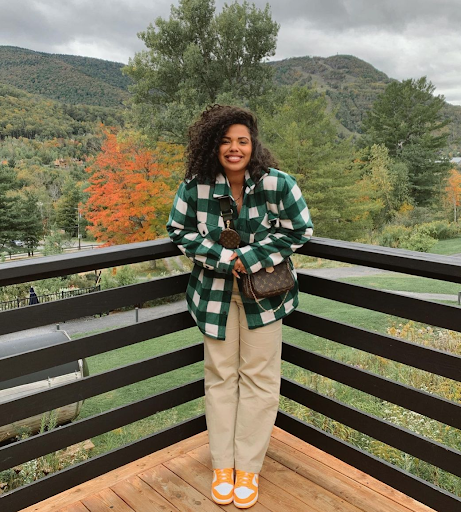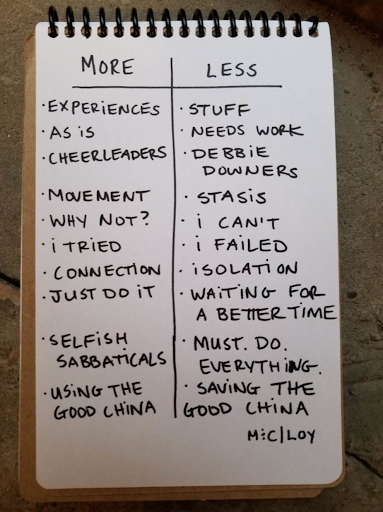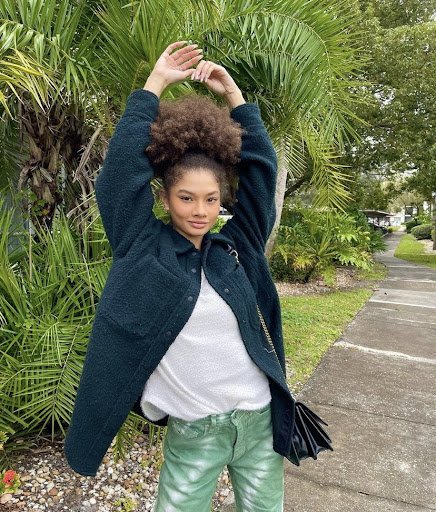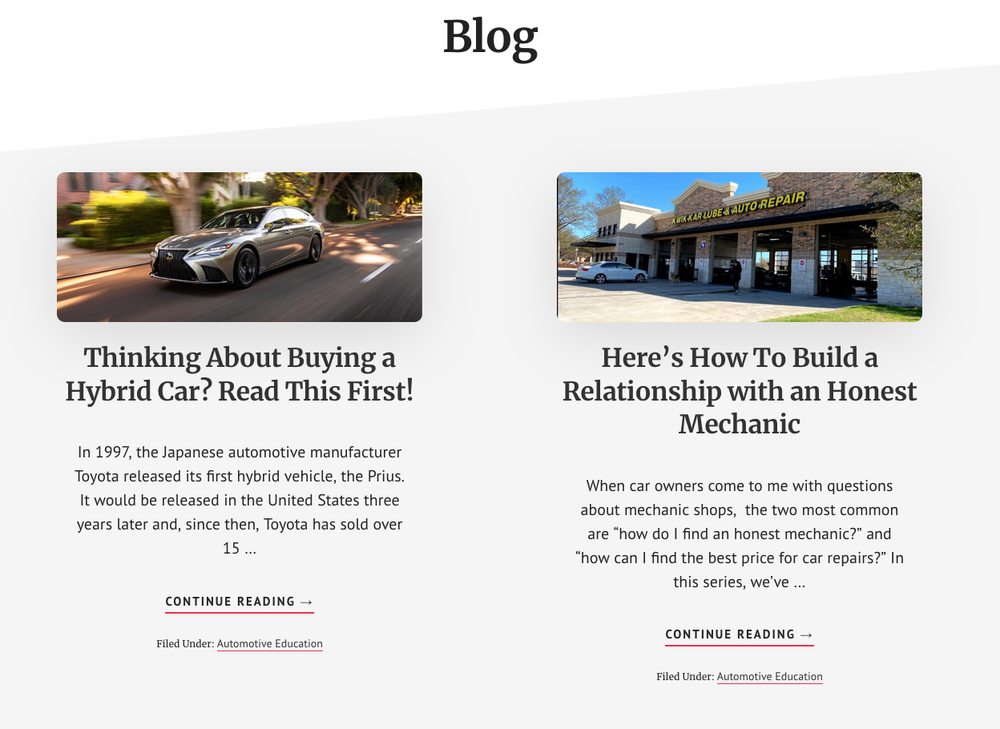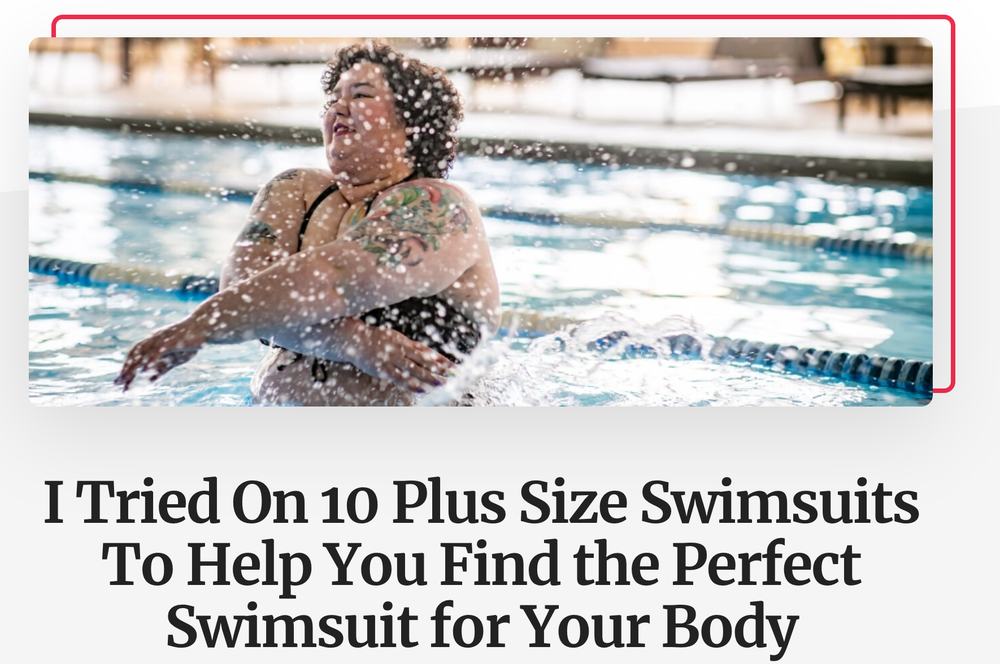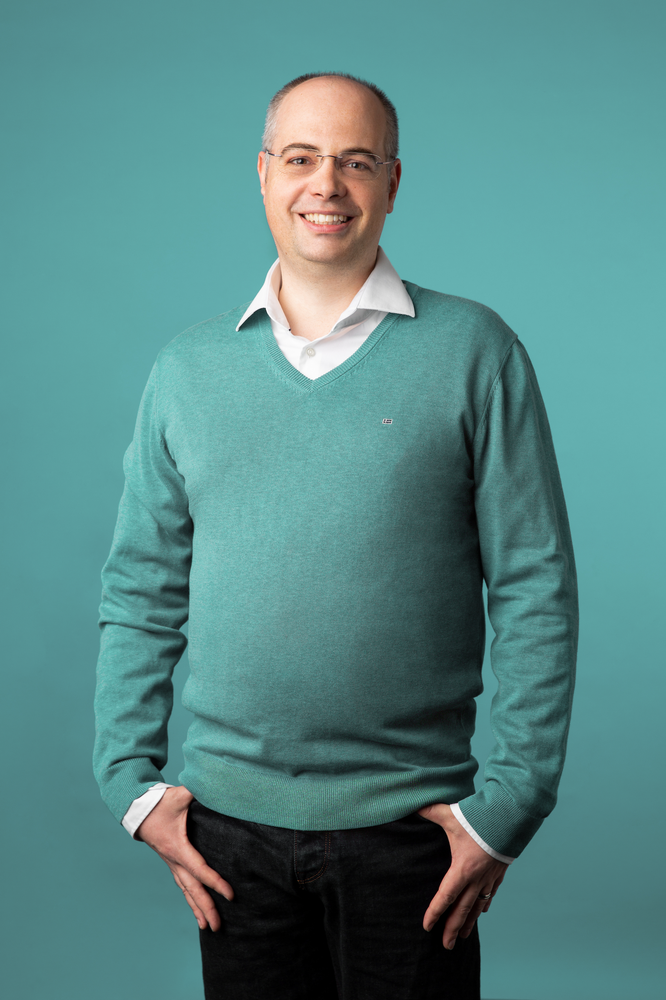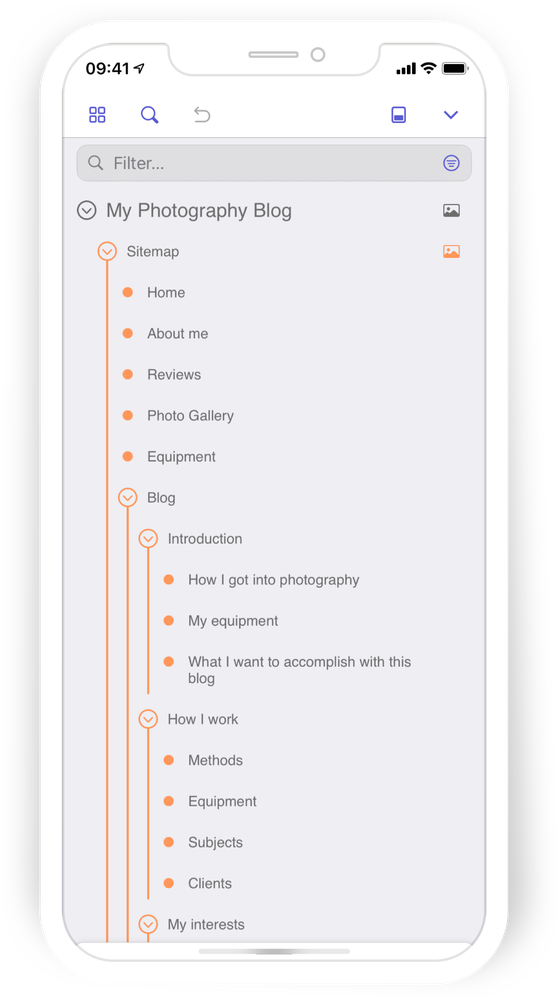Google for Creators is partnering with Google Trends to share some of the top searches every December. With the holidays upon us, we hope this helps creators put together any last-minute gift guides, listicles or other seasonal content your audience might be searching for.
What foods are people searching for during the holidays?
Seasonal eats are (of course) on people’s minds. Top food searches in December include mulled wine, hot cocoa, hot toddy, fudge and cookies. Speaking of cookies, the top-searched types are sugar, gingerbread, peanut butter, chocolate chip and shortbread. Stomach grumbling? Us, too.

Sugar cookies are the top-searched cookie type in December.
What are the top-searched holiday movies in the U.S.?
When December comes around, people are ready to curl up on the couch with a holiday movie. “Die Hard” is the top-searched holiday movie in the U.S., and other favorites include “Gremlins,” “The Nightmare Before Christmas,” “Home Alone” and “Lethal Weapon.” Fun fact — the U.S. is the only country where searches for “Elf” rank higher than “Love Actually.”
What are people in the U.S. curious about during the holidays?
You’re sure to hear a lot of Mariah Carey this time of year — which explains why one of the top-searched questions about her in the U.S. is “How much does Mariah Carey make every Christmas?”
Another insight that might help with last-minute gift guides: “Gifts for boyfriend” is searched two times more than “gifts for girlfriend,” while “gifts for wife” gets more searches than “gifts for husband.” Two gift ideas you might also want to cover, based on top-topic searches, are socks and sweaters.
Food and drink-focused creators, take note: The top day for cocktail searches is December 31, so be sure to line up some content about your favorite drink recipes in time for New Year’s Eve. Some other, not-so-surprising insights: Every December, search interest in “resume” goes down, while “champagne” goes up; and the top day for “hangover” searches is January 1.

People search for gift ideas for their partners during the holiday season.
What is everyone else in the world searching for in December?
Every December, people all over the world search for cheese and wine, baking, mince pie, tamale, candle, snowman, scarf and beanie. Certain countries see interest spike in particular seasonal goodies. In Japan, where eating fried chicken on Christmas Day has become a tradition, KFC (Kentucky Fried Chicken) is the top food search. In Israel, latkes are always number one — but this year, searches for the fried potato fritters are at an all-time high. In France and Italy, the most-searched foods in December are Yule log and panettone, respectively.
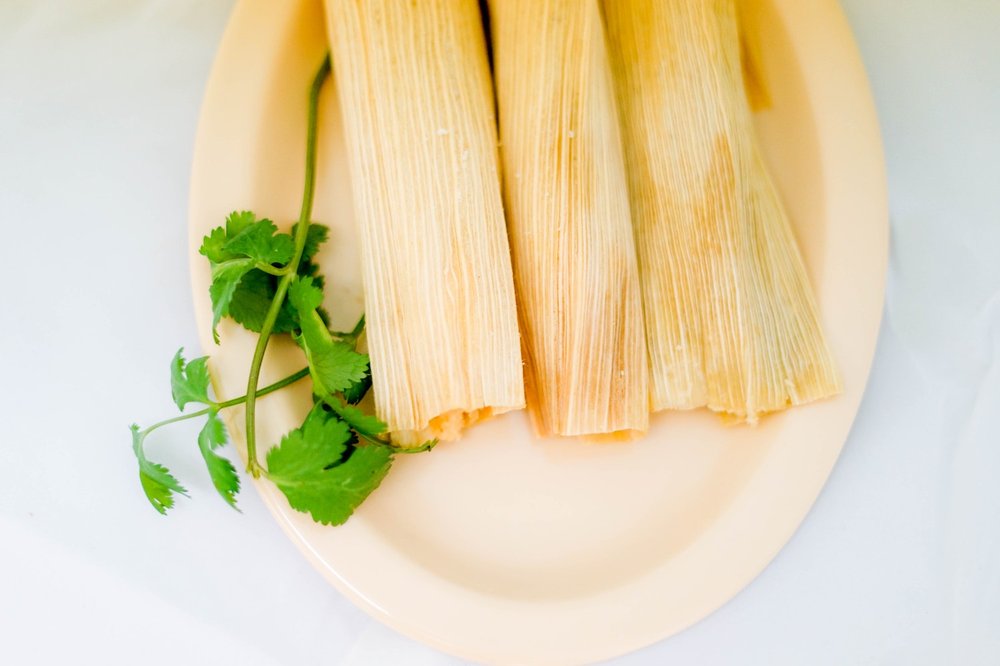
Tamales, a popular Christmas food in Mexican and Central American cultures, are one of the most popular search terms in December worldwide.
What are some other top global seasonal trends?
Ever wonder what Boxing Day is all about? You’re not alone — it’s the top-searched question worldwide in December. People around the world also start searching for snowman-related topics, like how to draw and make a snowman. Another insight that might help family-focused content creators: This year, searches for “elf” and “the Elf on the Shelf” are at all-time highs.

This year, people are very interested in “the Elf on the Shelf.”
We hope you enjoyed these insights from the Google Trends team, and that they help you spread even more holiday cheer to your audiences.
